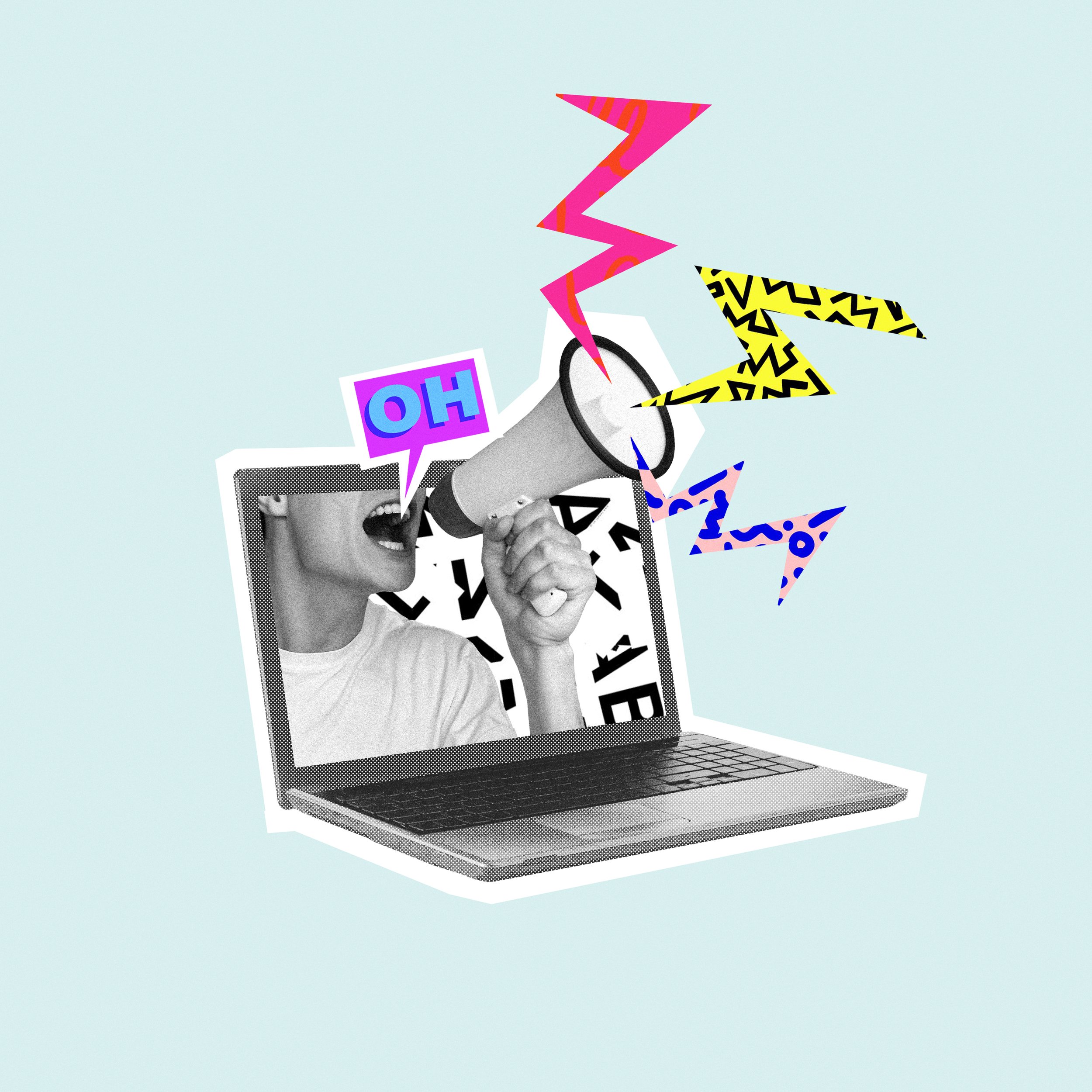
Innovating Education
Gender, Racial, and Ethnic Justice
Despite tremendous advances, structural inequality based on gender, race, class, handicap, and ethnicity continues across the world, and today's difficulties augment and intensify it. Gender-based violence, which is founded in patriarchy and laws, policies, and cultural norms intended at restricting rights, causes severe and long-lasting physical, psychological, and economic harm. People of color are disproportionately targeted by law enforcement and jailed. Immigrants and LGBTQ+ persons are singled out merely for being who they are. We realize that race, gender, class, disability, and ethnic identity are intrinsically linked, and we ensure that our activities are grounded in this understanding. It is this knowledge that guides our dedication to transforming repressive power relations and bolstering the rights and influence of people most affected by violence, tyranny, and injustice across the world.
Civic Engagement
Billions of people across the world are barred from fully participating in the political, economic, and cultural structures that determine their lives. When so many people lack the ability to connect with their government and influence choices that affect their lives, policies fail to satisfy their needs, instead favoring those with authority and wealth and widening inequality. Governments have the power to either alleviate or exacerbate inequality. History demonstrates that when people have the power to organize, speak up, and engage, they have the capability to hold their leaders and institutions responsible, pressuring them to fulfill their pledge to serve the common good. We believe that genuine civic involvement is a corrective to injustice, with enormous potential to strengthen disadvantaged and underprivileged populations who have been excluded far too frequently.
Critical Pedagogy
Enhancing students' critical awareness is an aim of education, and instructors are the most important persons in guiding pupils and inspiring them to study for the rest of their lives. Education can then dismantle the barriers that exist between the affluent class and the society's most disadvantaged sections. There would be no social inequalities among pupils, and all students would have equal access and opportunity in school. Social and cultural hegemony would cease to exist. The instructor should not believe that information is simply buried in curricular content. The instructor can use a variety of additional materials, such as the tale, theater, and cultural performances from the pupils. These sorts of materials are beneficial to children because they allow them to be creative and think critically.
Access to Learning Resources and Technology
Digital communications technology has altered how we connect and interact with the world around us, opening us new possibilities in every aspect of modern life. However, as frequently as these tools are utilized to promote learning and justice, they have also been used to perpetuate inequality. Too many individuals are unable to access, benefit from, or influence digital platforms, particularly those that have historically been excluded or disadvantaged. Governance and the use of technology are involved in virtually all of the drivers of inequality, emphasizing the scope of the problem. We believe in equitable access to and fair regulation of digital technology in order to enhance transparency, privacy, access to information, and free speech for all. As the pace of global technological change and innovation outpaces public understanding and democratic checks, and as technology continues to reshape relationships between citizens, governments, civil society organizations, and corporations, our work focuses on defending civil and human rights and freedom of expression. We want to promote the creation of technically skilled, diverse groups devoted to creating fair and more inclusive digital places and systems in order to guarantee that technology evolves to suit the demands of the public. In addition, we want to increase the technology capability of education groups, which is critical to increasing the effect of their crucial work in today's climate.
A Green Education
A green school is one that creates a healthy learning environment while saving energy, environmental resources, and money.
A green school:
1. minimizes environmental and financial repercussions.
2. enhances the health and performance of the inhabitants
3. raises environmental and sustainability awareness
Disability Inclusion
We cannot successfully confront injustice – or advance our social justice mission – unless we meet the needs, concerns, and priorities of the one billion people who live with disabilities worldwide. While we have always followed applicable laws governing disability access and accommodation, in recent years we have attempted to go above and beyond legal requirements in order to achieve greater inclusion.






